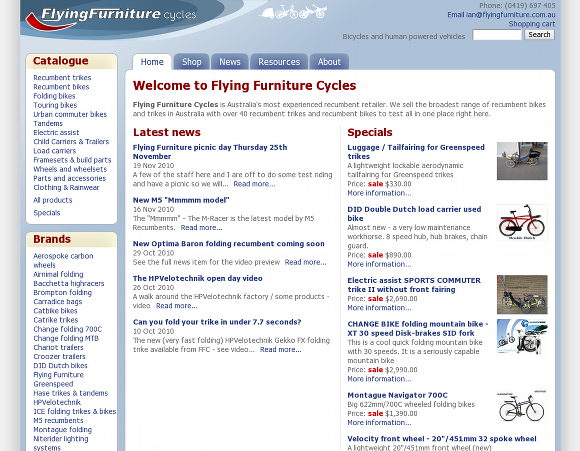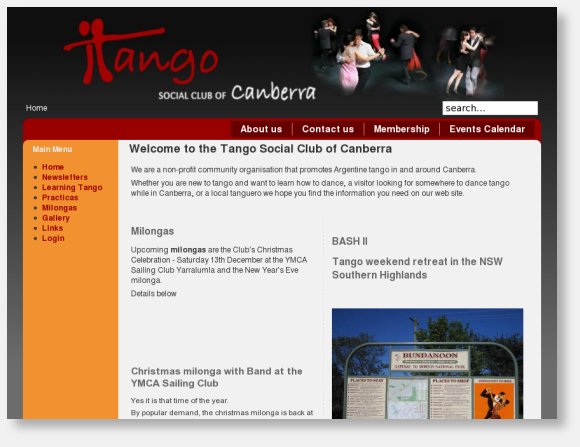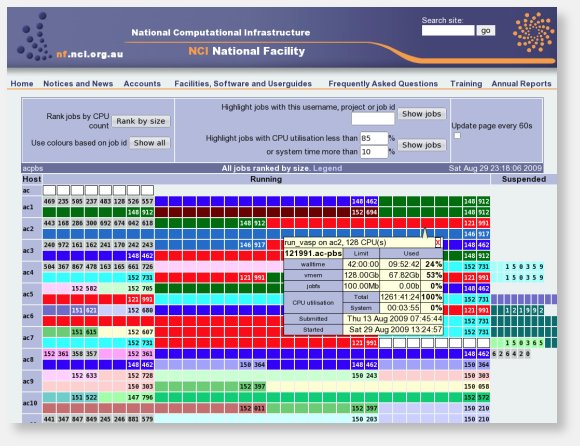Here's a short list of some of the projects I've undertaken over the years. If you've got some work that you think I might be interested in, by all means get in touch . You can find my CV here.
See the following pages for examples of past projects. I specialise in...
- Liquid layout and responsive design. I figure your site should work with whatever window and font sizes the user chooses and on all devices.
- Supporting all currently maintained web browsers.
- W3C Standards compliance.
- Languages: HTML, CSS, PHP, Python, Java, C, C++, Javascript
- Frameworks: Qt, Django
- Content Management Systems: Drupal, Plone, Joomla
- Databases: PostgreSQL, MySQL, SQLite
- Apache web server configuration
- Linux system administration, configuration and system programming.
See the following portfolio pages for screenshots and comments on some past projects







